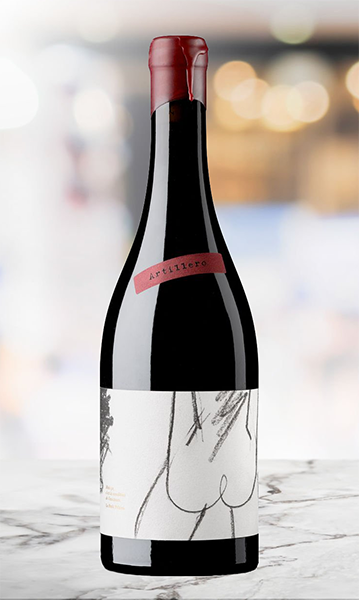- Posted on
- By Cellars Wine Club
- In Wine Life Blog

Whether you’re a lifelong vegetarian or you’ve just started on your plant-based journey, you might be wondering how or if these choices will affect the wines you choose at dinner. And while the answer is a bit more involved than a simple yes or no, suffice to say you should not have to change your wine preferences just because you no longer eat meat.
That being said, we should mention that there is now a vegan wine designation you might not be aware of. Of course, not all wines, vegan or not, use animal products in the winemaking process. However, there are some yeasts and fining products derived from eggs and fish that would not pass muster for vegans. Though it’s a relatively recent trend, vegan certification is catching on and many wine brands have adopted it.
With that out of the way, let’s move on to the (non) meaty stuff.
How to Pair Wines with Vegetarian/Vegan Cuisine
Probably one of the most challenging things about pairing wine with vegetarian and vegan cuisine is the vegetables themselves. Green leafy vegetables, for example, are high in iron, which can make red wine taste a bit rusty. Not exactly pleasant!
Other veggies that are known wine-killers include asparagus and artichoke. Anything with vinegar will clash with wine—and if you’re wondering how much, let’s just say the food won’t taste quite right, and neither will the wine. The good news is, we have some easy fixes that doesn’t involve changing your habits.
First, substitute fresh lemon juice for vinegar in your salad dressings.
Second, if you’re having asparagus, artichoke, or any green leafy veg, keep a ramekin of fresh lemon juice and sea salt on the side for dipping. You’ll find that this neutralizes the reaction between the wine and food, and you’ll be able to taste everything as you remember it!
These tips hold for both red and white wines. However, the reaction will be most pronounced with red wines, so don’t skimp on the lemon and sea salt. You can also use it in the cooking if this makes more sense for you, but the effect won’t be as profound.
Match Texture with Texture
The best sommeliers pair wines based on flavors and textures. Look for flavors that correspond to nuances in the wine and try to create a match that way. For example, spicy Indian dishes do very well with wines that are also spicy, exotic, and complex, which is why gewürztraminer is a go-to for Asian and South Asian cuisine. Riesling does well too, as does sauvignon blanc, and a little sweetness enhances the freshness of a crisp spring salad.
If you’re more of a red wine fan, you can’t go wrong with pinot noir or gamay. Both are remarkably versatile with all kinds of cuisines and stand up to the most intensely spiced dishes. If you prefer big, bold reds, go for an Aussie shiraz. For those who crave a cabernet sauvignon, be sure to decant it well before enjoying. Decanting softens the tannins and acidity and will increase your enjoyment of the wine with just about any vegetarian dish.
Bon appetite!
Sign up for a wine club subscription today and discover the world of wine.












